-
 play_arrow
play_arrow
Focus Fantastic Focus Fantastic
-
 play_arrow
play_arrow
Top Techno Podcast Yana Bolder

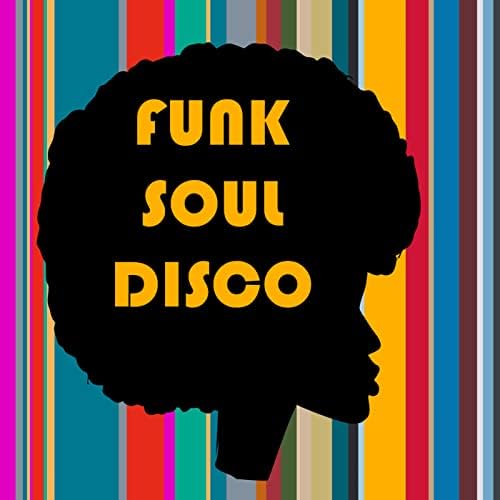
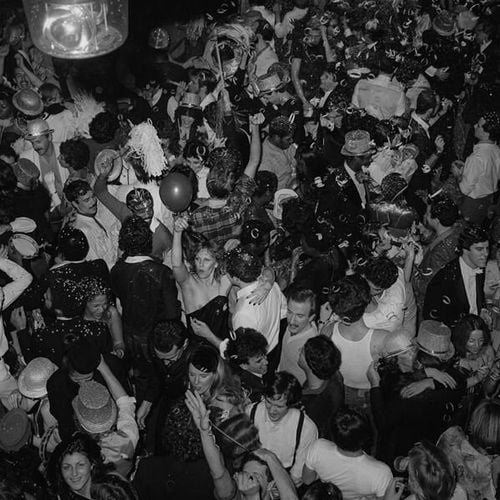
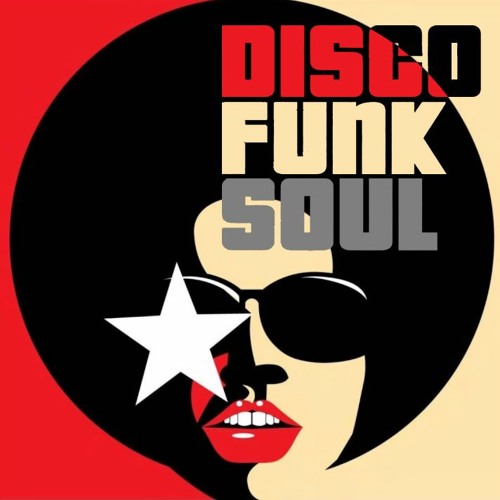
The Beginning When tracing the origins of contemporary dance music, it’s hard to know when to stop going back in time. Dance of one kind or another has always been a part of life and, you could say, its origins go way back in history. However, we’ll take the revolution that took place in the 1960s as our starting point.
Most of today’s dance sounds evolved from an ever-changing fusion of 1960s soul (itself born out of rhythm & blues) and Latin jazz rhythms.
The changing political climate of the early 1960s, largely caused by the civil rights movement in the United States, finally gave black artists the recognition they deserved for their contributions to music.
It wasn’t that they hadn’t made great music in the past – it was just that most major labels had replaced white singers to cover the originals and turned soul classics into white pop.
It should be noted that during this period, the most powerful person in recorded music was the label boss. It was he who decided what music the public listened to and generally if it didn’t meet his criteria it didn’t happen! It wasn’t until much later when individuals were given the freedom to experiment with music that disco music finally appeared.
In the mid-1960s and early 1970s major black music labels such as the Motown Group (Motown, Gordy and Tamla), Atlantic and Atco and Stax dominated the soul dance scene and then they gave more freedom to individual producers and arrangers such as Holland, Dozier & Holland, Norman Whitfield, Arif Mardin, Tom Dowd, Jerry Wexler and Steve Cropper (of Booker T’s MG’s) that the creation of new sounds would spread.
Early Success Since the late 1950s, Atlantic has released records that have achieved some success by black artists such as the Drifters, the Coasters, Lavern Baker, whose 1960 song “Bumble Bee” has all the makings of the first disco record (?), Solomon Burke’s classic “Everybody Needs Somebody to Love,” which lay dormant for years until the Blues Brothers covered it later, and Ray Charles’ double-length “What’d I Say,” which spawned at least a half-dozen cover versions, while the Motown labels also had some success with the Miracles (“Shop Around,” “Mickey’s Monkey”), Little Stevie Wonder’s extended “Finger Tips,” and the Contours (“Do You Love Me”).
The change in attitude in the 1960s allowed these and other labels to reach a much wider audience, allowing many black artists and groups such as Otis Reading, Aretha Franklin, the Four Tops, the Supremes, the Vandellas, Ike & Tina Turner, and a host of others to reach a much larger audience.
One of the most important influences in the formation of disco music was the Chess Records Group, although they rarely seem to get credit for it. Throughout the 50s and 60s Chess was a major player in the blues and R&B (Muddy Waters, Howlin Wolf, Sonny Boy Williamson, Bo Diddley etc.) and remained so after the rise of Atlantic and others.
However, in the 70s they made a major impact through their Checker, Cadet and Neptune offshoots, in shaping the dance music of the 80s.
One of the least mentioned but most influential people to bring dance music to a wider audience was Phil Spector. In the 60s he formed his own label “Philles Records” and released a string of great dance tracks by artists such as the Ronettes, the Crystals and Darlene Love. He was also responsible for the classic Ike & Tina Turner multi-hit “River Deep, Mountain High”.
At the same time, there were many small labels, as there always were, struggling to make a living and releasing many classic tracks. Most of these were pure soul music, but gradually moved into one of two new directions: disco or funk.
Increasing the tempo The influence of the Motown sound and the uptempo Atlantic music of Wilson Pickett and others was used by these purist labels to add excitement and energy to soul music. This led to a much more frenetic brand of soul, bringing the energy of the 60s and 70s to the fore, and led to an underground wave of music known in the UK as Northern Soul.
This required a bpm of say 120 to 140, a good kicking snare drum and lots of hi-hat and percussion. In general, this seemed more open to female vocalists than to funk (see later). Good examples of this new sound were Edwin Starr’s 1968 hits “Agent Double O Soul” and “SOS, Stop Her On Sight” made for the independent Ric Tic label.
Although much faster than most Motown sounds of the time, the overall production was so similar to their sound that Motown bought the label! One of the things that made this music stand out was the use of strings to add excitement, and Ric Tic excelled at this with their house band, The San Remo Strings, and when Motown bought the label, the formula was transferred to mainstream production.
Of course, all the major labels had their own orchestras.
Written by: Focus Fantastic
Similar posts
Now playing

Hit Archief
Music From The 50s Till Now
Hit Archive, a nice Non-Stop format on FOCUS FANTASTIC with music from the 50s.
closeUpcoming shows

Music Around The World
All Genres Are Covered
12:00 - 18:00
Greatest Hits
The Greatest Hits Over The Years
18:00 - 20:00-
Recent Posts
Chart
-
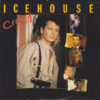
1
play_arrowCrazy
ICEHOUSE
-

2
play_arrowBoat Ride
Brian Kelley
-
 play_arrow
play_arrow
Boat Ride Brian Kelley
-
-
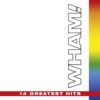
3
play_arrowClub Tropicana
Wham
-
 play_arrow
play_arrow
Club Tropicana Wham
-
-

4
play_arrowI Will Survive
Aaron Sevilla, Yas Cepeda, Mey Green
-
 play_arrow
play_arrow
I Will Survive Aaron Sevilla, Yas Cepeda, Mey Green
-
-

5
play_arrowIce Ice Baby
Stephan M
-
 play_arrow
play_arrow
Ice Ice Baby Stephan M
-
-

STATION FAVORITES
-

1
play_arrowCrazy
ICEHOUSE
-

2
play_arrowBoat Ride
Brian Kelley
-
 play_arrow
play_arrow
Boat Ride Brian Kelley
-
-

3
play_arrowClub Tropicana
Wham
-
 play_arrow
play_arrow
Club Tropicana Wham
-
-

4
play_arrowI Will Survive
Aaron Sevilla, Yas Cepeda, Mey Green
-
 play_arrow
play_arrow
I Will Survive Aaron Sevilla, Yas Cepeda, Mey Green
-
LICENSED

Focus Fantastic is a online radio station.
Broadcasts under a license from Socan.
APP TO LISTEN
Copyright © 2025 Focus Fantastic All rights reserved




